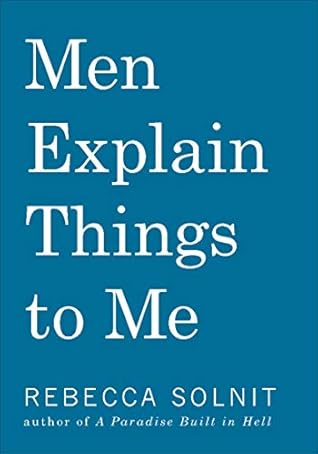More on this book
Community
Kindle Notes & Highlights
When something assembles itself that fast, it’s clear it’s been composing itself somewhere in the unknowable back of the mind for a long time.
· Flag
jenevieve
Introspection is often portrayed as an indoor, solitary thing, the monk in his cell, the writer at her desk. Woolf disagrees, saying of the home, “For there we sit surrounded by objects which enforce the memories of our own experience.”
The ways creative work gets done are always unpredictable, demanding room to roam, refusing schedules and systems. They cannot be reduced to replicable formulas.
Public space, urban space, which serves at other times the purposes of the citizen, the member of society establishing contact with other members, is here the space in which to disappear from the bonds and binds of individual identity.
During my years as an art critic, I used to joke that museums love artists the way that taxidermists love deer, and something of that desire to secure, to stabilize, to render certain and definite the open-ended, nebulous, and adventurous work of artists is present in many who work in that confinement sometimes called the art world.
It seeks instead to travel with the work and its ideas, to invite it to blossom and invite others into a conversation that might have previously seemed impenetrable, to draw out relationships that might have been unseen and open doors that might have been locked. This is a kind of criticism that respects the essential mystery of a work of art, which is in part its beauty and its pleasure, both of which are irreducible and subjective.
It is difficult, sometimes even impossible, to value what cannot be named or described, and so the task of naming and describing is an essential one in any revolt against the status quo of capitalism and consumerism. Ultimately the destruction of the Earth is due in part, perhaps in large part, to a failure of the imagination or to its eclipse by systems of accounting that can’t count what matters.
The revolt against this destruction is a revolt of the imagination, in favor of subtleties, of pleasures money can’t buy and corporations can’t command, of being producers rather than consumers of meaning, of the slow, the meandering, the digressive, the exploratory, the numinous, the uncertain.
Not uncommonly, when a woman says something that impugns a man, particularly one at the heart of the status quo, especially if it has to do with sex, the response will question not just the facts of her assertion but her capacity to speak and her right to do so.
A woman goes walking down a thousand-mile road. Twenty minutes after she steps forth, they proclaim that she still has nine hundred ninety-nine miles to go and will never get anywhere.
At moments like this, it generally pays to go back to the history one already knows and ask: Were revolutions ever really what we thought them to be?


